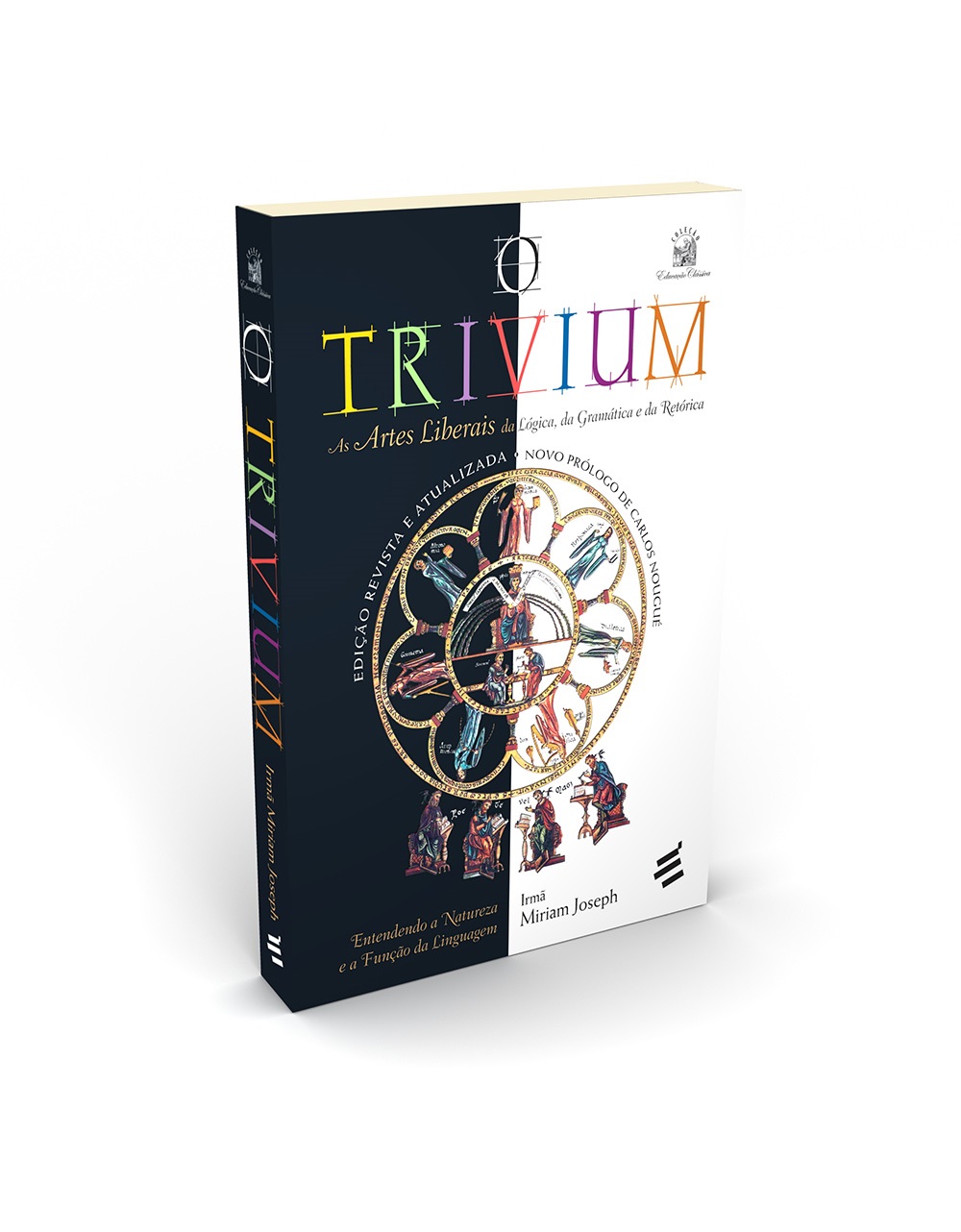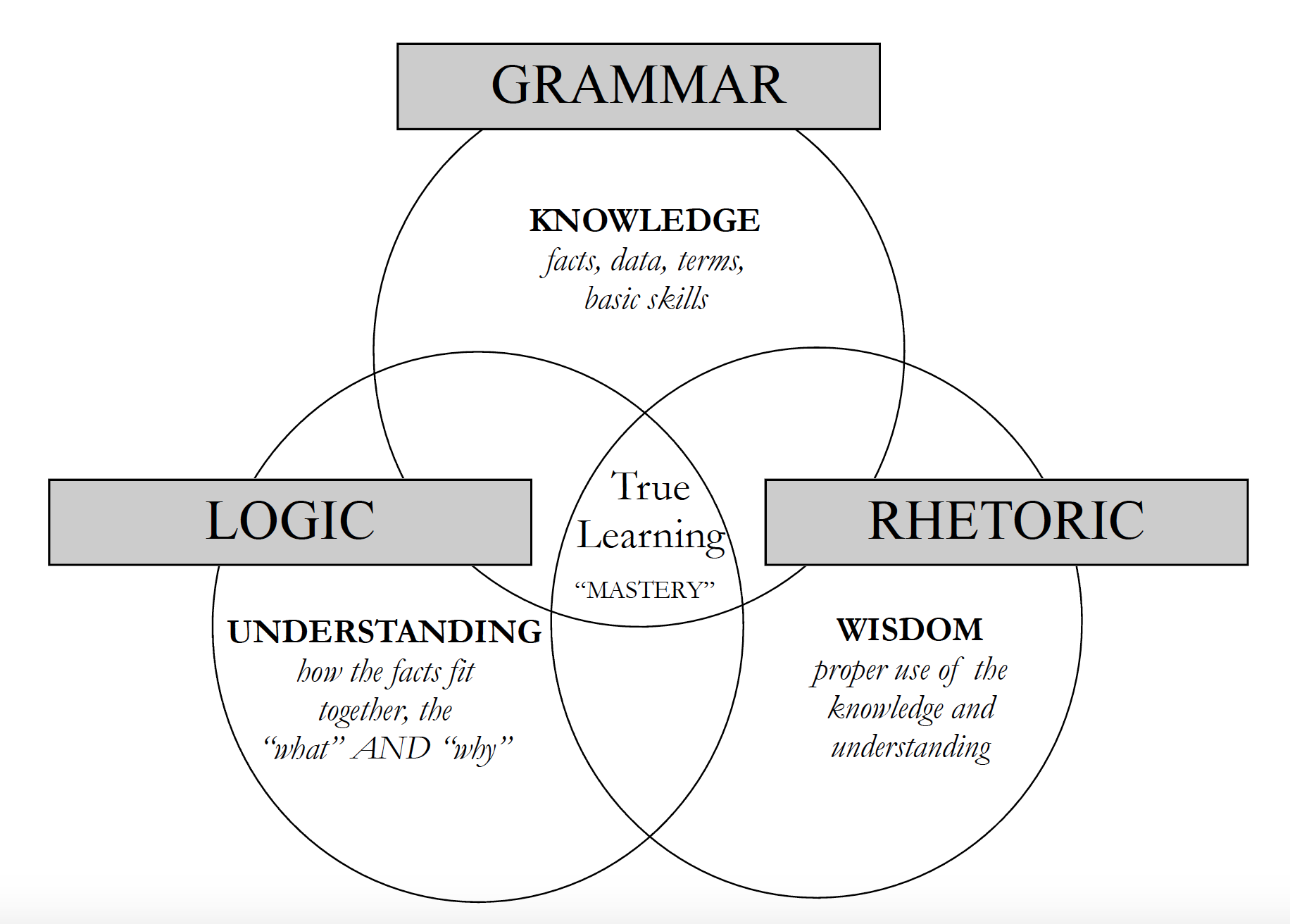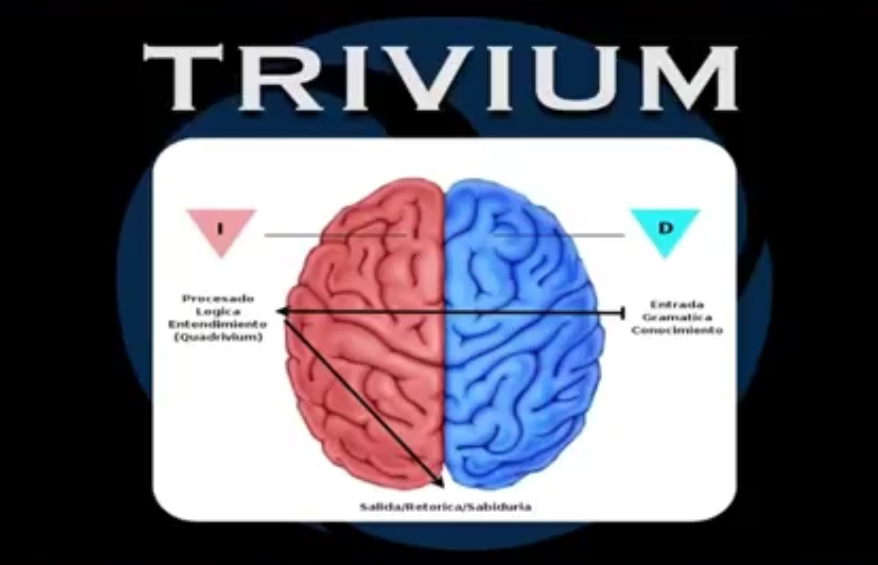
Trivium and Quadrivium The Seven Liberal Arts Study Liberal Arts
Oct 31, 2022 Categories Classical Christian Education Listen to this article Traditionally, the classical model consists of two modes of study—the Trivium and Quadrivium. The Trivium lays the foundation for lifelong learning by emphasizing three skills—grammar, dialectic (logic), and rhetoric.

Quadrivium
THE QUADRIVIUM Spring 2022 Alongside the arts of language (grammar, rhetoric, and logic), medieval students would. The Trivium," but the two courses may be taken in either. Prof. Fulton Brown 2 BOOKS AVAILABLE FOR PURCHASE AT THE SEMINAR CO-OP BOOKSTORE William Harris Stahl, with E.L. Burge, Martianus Capella and the Seven Liberal Arts.

Pin on BIMBO PHILOSOPHY
Martianus' De nuptiis was one of the most important introductions to the trivium and quadrivium in England, as it was throughout Europe, 10 and was known in England and Ireland perhaps as early as St. Columbanus (c.543-615) and certainly by the time of Bede (672/3-735). 11 All of these works provide summaries of the liberal arts, but more.

Livro "O Trivium" de Irmã Miriam Joseph Agora]
The trivium consists of grammar, logic, and rhetoric, while the quadrivium consists of arithmetic, astronomy, music, and geometry. Together, Dr. Lehman says they lead students to see a "unified idea of reality." "The trivium was always pursued first," Dr. Lehman says.

THE SEVEN LIBERAL ARTS St. John’s Lodge No. 21, Ladysmith, B.C.
Historism (Italian: storicismo) is a philosophical and historiographical theory, founded in 19th-century Germany (as Historismus) and especially influential in 19th- and 20th-century Europe.In those times there was not a single natural, humanistic or philosophical science that would not reflect, in one way or another, the historical type of thought (cf. comparative historical linguistics etc.).

The Carolingian Renaissance An Early Medieval Blooming
The Quadrivium was the major intellectual discipline of classical education consisting of Number, Geometry, Harmony, and Cosmology. A complete study of these topics were formulated and taught by Pythagoras as the 'Tetraktys' around 500 BCE. It was also taught by Plato and outlined in The Republic (380 BCE).

Trivium Quadrivium Liberal Arts Education, Classical Education
David Salomoni Reference work entry First Online: 28 October 2022 Abstract In the transition from the Middle Ages to the early modern era, the formal structure of the seven disciplines of the Liberal Arts, inherited from late Roman antiquity, remained unchanged; nevertheless, it underwent substantial alterations in terms of the content.

O Trivium e o Quadrivium Educação em Artes Liberais Educação Continuada
1.2K 13K views 1 year ago Tradicionalmente, as sete artes liberais englobam, desde a Idade Média, dois grupos de disciplinas: o trivium, com as artes retórica, lógica (dialéctica) e gramática;.

RESUMO ILUSTRADO EDUCAÇÃO LIBERAL TRIVIUM E QUADRIVIUM YouTube
From the time of Plato through the Middle Ages, the quadrivium (plural: quadrivia [1]) was a grouping of four subjects or arts— arithmetic, geometry, music, and astronomy —that formed a second curricular stage following preparatory work in the trivium, consisting of grammar, logic, and rhetoric.

Trivium y Quadrivium.pdf
Etimologicamente, trivium significa " o cruzamento e articulação de três ramos ou caminhos " [ 2] Esse grupo de disciplinas incluía a lógica (ou dialéctica ), a gramática e a retórica. As artes do trivium teriam como objetivo desenvolver a expressão da linguagem . O Quadrivium Ver artigo principal: Quadrivium

The quadrivium are the four subjects, or arts, taught after teaching
While it is well known that the medieval liberal arts curriculum, at least in its ideal established by Boethius, taught that a student must study both the trivium and quadrivium before progressing to philosophy and theology, the exact nature and rationale for the quadrivium is often less understood.

Trivium e Quadrivium Contraponto Blog
The medieval notion of the 'trivium' (along with its counterpart the 'quadrivium') provided a heuristic paradigm for approaching the intellectual disciplines (known as 'arts', or 'sciences' from scientia, knowledge) inherited from antiquity.The scheme of seven liberal arts, comprising the trivium and quadrivium, was itself an inheritance from late antiquity.

Orgonitas Canarias El Trivium y Quadrivium con Mark Passio
Thu Jul 20 2017 - 05:00. According to Plato, a core of mathematical knowledge, later known as the quadrivium, was essential for an understanding of the universe. He outlined the curriculum in his.

Trivium Method Sacred geometric, Geometry art, Sacred geometry
medieval universities In medieval universities, the trivium comprised the three subjects taught first, before the quadrivium. The Trivium - Chaucer's Education The word is Latin, meaning "the three ways" or "the three roads", the beginning of the liberal arts. It also serves as a root for the concept of triviality.

Livros O Trivium e Quadrivium.
O Trivium e o Quadrivium são frequentemente apresentados em um triagle pitagórico que representa a maneira humana de saber: Qualquer observação entra em nossa mente através dos 5 sentidos. Então usamos nossa mente e aplicamos o Trivium e o Quadrivium para processar a observação.

Trivium and Quadrivium, of Francesco di Stefano Pesellino
Etymology. Etymologically, the Latin word trivium means "the place where three roads meet" (tri + via); hence, the subjects of the trivium are the foundation for the quadrivium, the upper division of the medieval education in the liberal arts, which consists of arithmetic (numbers as abstract concepts), geometry (numbers in space), music (numbers in time), and astronomy (numbers in space and.